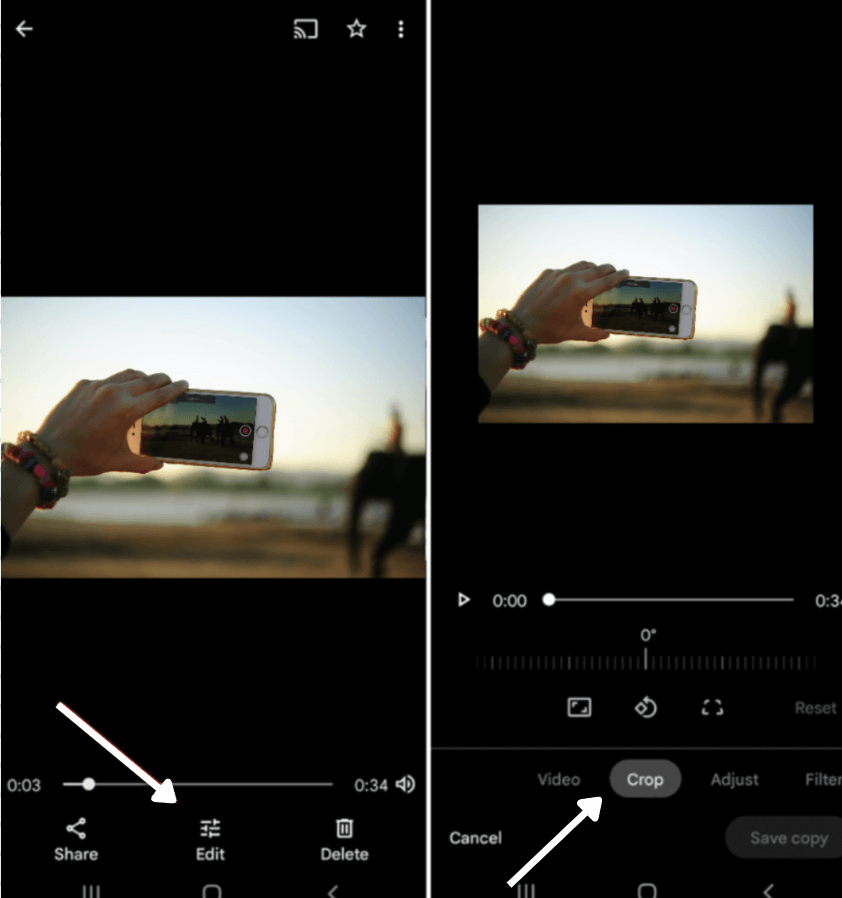Mobile optimization refers to designing and developing a website so that it can be easily accessed from a mobile device. Smaller screens and lower processing power create limitations that must be worked around. Optimising your site for mobile devices creates a better user experience, meaning more return visits.
Contents
Focus on the site speed
Speed is one of the most important factors when creating a website. If your site is slow to load, most people won’t hang around and wait for it to finish; they’ll find their content elsewhere. One of the major contributors to slow speeds when browsing from mobile devices is large images. As mobiles work on a slower connection than PCs, these images can take a long time to load, making your site slower. For example, if a background image takes too long to load and can be replaced by coding, it’s a good idea to make the change. People don’t like to wait for sites to load, whether shopping online, playing the latest mobile casino games, or researching data. The more optimisations you can make, the better your site will be.
Optimise the images

Suppose you have images on your website that can’t be replaced by coding. The next best alternative is to optimise these images to work well on mobile devices. One of the ways to do this is by using relative image sizes. If you try to use a one size fits all approach, your image will look distorted at resolutions different from the one it was designed for. However, using relative image sizes allows your image to keep a high quality across multiple resolutions. Another alternative is to use expandable images. These will enable you to initially load a lower-quality image which can then be expanded into a higher-quality image at the user’s request. Image optimisation is about striking a balance between image quality and loading time; tools like this will help you accomplish that.
Focus on above the fold content
Making your above-the-fold content as appealing as possible is one of the keys to making your site successful with mobile device users. Above-the-fold content is any content the user can see before scrolling. The aim is to get the users hooked on your content so they continue to read. Making this content as appealing as possible is vitally important. Ensure this section is properly sized for mobile devices and eye-catching enough to grab the user’s attention.
Use a responsive design
When designing your mobile-optimised website, using a responsive design is the best way to make it appealing to users. Mobile web browsing is so prevalent that m-dot implementations are obsolete and would serve to confuse your users. Using a responsive design can make it easier for your site to adapt to different display resolutions by creating breakpoints. These breakpoints are the points at which the design transitions between resolutions, making it viewable on various device sizes.
Implement mobile video best practices
Getting a video onto your mobile website is much more than adding a link or embedding it into HTML. There are best practices that you should be using. The video needs to be appropriately tagged so that Google can understand the content of the video and adjust its SEO ranking accordingly. The Flash video format should also be avoided wherever possible, as Flash is no longer supported on many web browsers. It’s recommended that you use HTML 5 videos when adding content to your site.
Structured Data
If you want your mobile site to perform well in Google’s SEO, it’s important to use structured data. Tools like schema markup are useful for identifying pages with structured information on your site. There are hundreds of different tags you can use to mark specific content. The more accurately your content is tagged and structured, the better Google can interpret it and its chances of appearing in search results. As the mobile index becomes more of a factor in SEO, there will be an increased reliance on schema markup. So it’s best to get ahead of the curve when optimising your site.
Conclusion
In a world where many people are using their phones as their primary browsing device, it’s more important than ever that your site is optimised for mobile devices. By ensuring that your site is quick to load and has high-quality content, you give yourself the best chance of earning repeat viewers and growing your site’s traffic.



